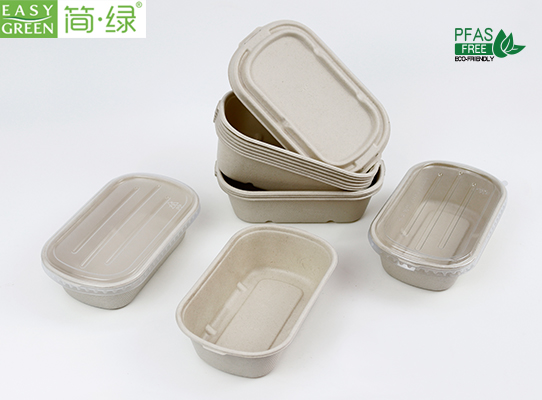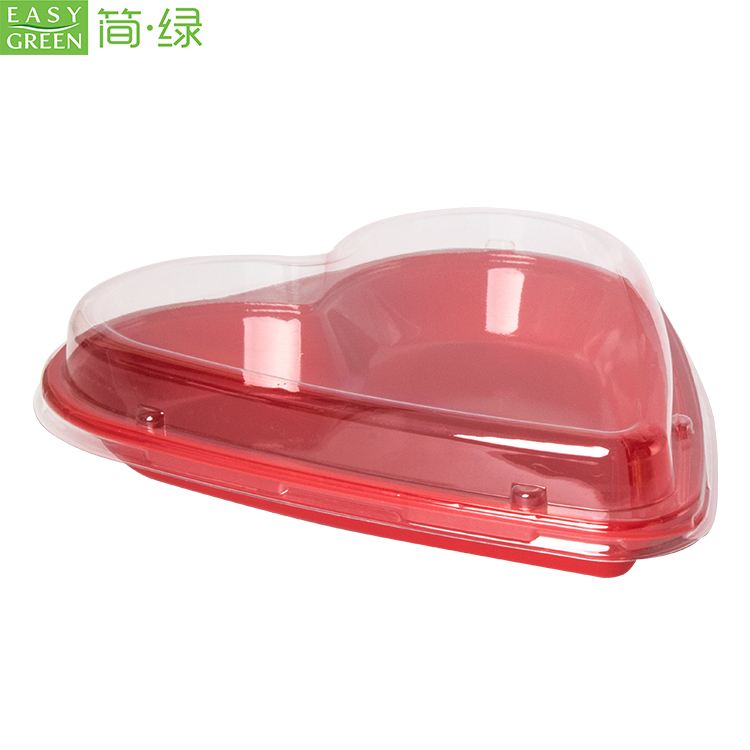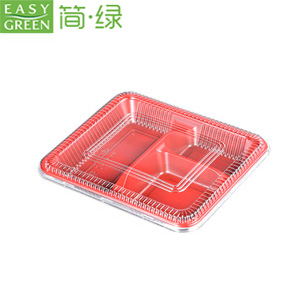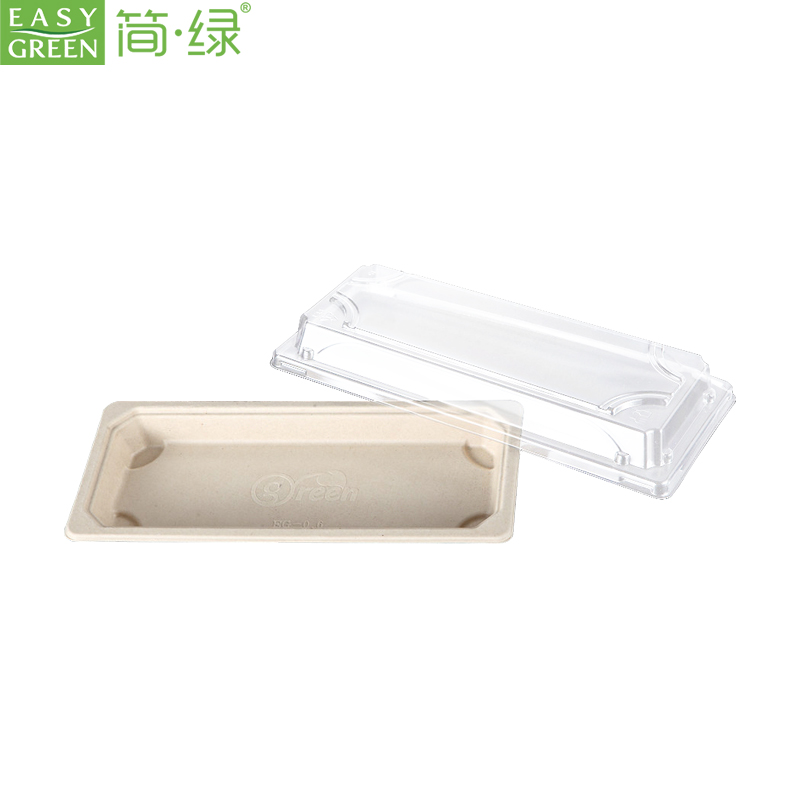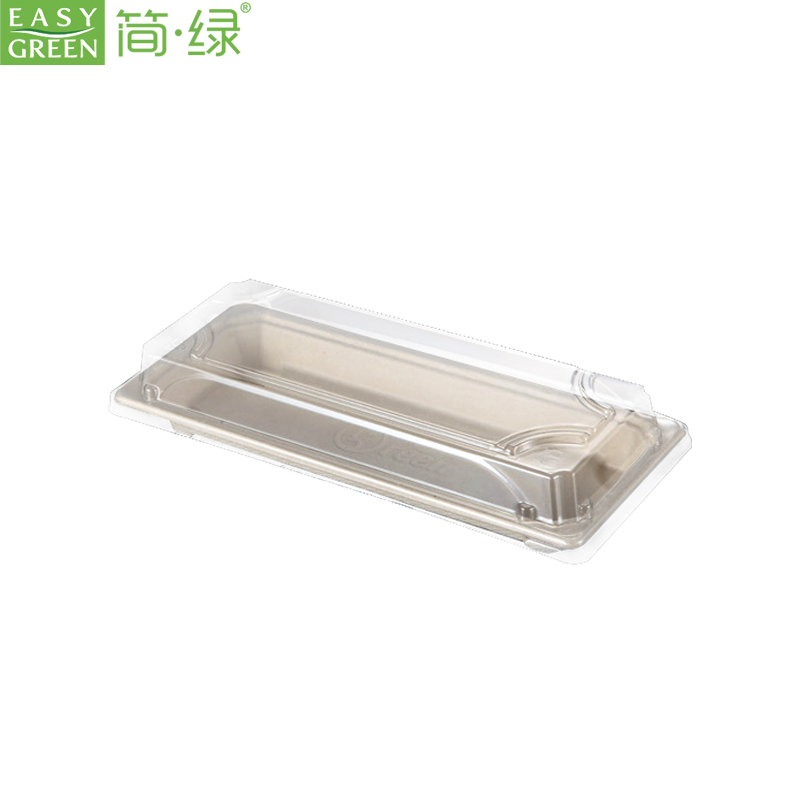What are the ingredients and ratios used in disposable biodegradable flatware?
Conventional meal boxes are generally made up of 70%-90% bagasse fiber and 10%-30% bamboo pulp fiber. Different tableware will also adjust different fiber ratios based on product shape, angle, hardness, stiffness, and will also add plant fibers such as wheat straw, straw, and reed as needed. They are all made of plant fibers without adding chemical materials such as PP and PET.
How does disposable pulp biodegradable flatware achieve waterproof and oil-proof effects?
Pulp molded meal boxes will add a certain food-grade additive, generally waterproof agent: 1.0%-2.5%, oil-resistant agent: 0.5%-0.8%, to achieve waterproof and oil-resistant effects. The tests are generally conducted at 100℃ water and 120℃ oil for 30 minutes. Special requirements can extend the oil temperature and test time.
Do biodegradable disposable dishes contain fluorine?
Currently, most oil-resistant agents in plant fiber tableware on the market contain fluorine, while waterproof and non-oil-resistant tableware does not contain fluorine. If it is required that biodegradable disposable dishes does not contain fluorine and is oil and waterproof, the best alternative at present is to use coating. PBAT is currently the most widely used composite material for pulp molded environmentally friendly tableware after coating.
Coated products can better retain heat and reduce the heat dissipation of molded products through pores. At the same time, they can reduce the stickiness of rice, dumplings, and other foods, which can greatly reduce the use of waterproof and oil-resistant agents.
How long does environmentally friendly pulp biodegradable flatware take to completely decompose?
Without any industrial decomposition, pulp molded eco-friendly disposable utensils take about 45-90 days to completely decompose in a landfill natural state, without harmful components, and will not cause harm to terrestrial organisms, corals, or marine life. After decomposition, 82% of the components are organic matter, which can be used as fertilizer for land use. It is sourced naturally and returned to nature.
Can disposable pulp biodegradable flatware be microwaved and refrigerated? What is the highest temperature it can reach?
Pulp biodegradable disposable dishes can be microwaved, oven-baked, and does not produce harmful chemicals. The maximum temperature can reach 220℃. It can support refrigerator freezing and can reach minus 18℃ when frozen.
What type of product quality testing standards does pulp molded biodegradable flatware meet?
The biologically fully degradable plant fiber meal box meets national quality inspection standards, the US Food and Drug Administration (FDA), and the German New Food and Diet Products Act (LFGB) and other international standardization inspection standards.
Can biodegradable flatware be printed with logos?
Logos can be printed, and the printing position is mostly around the periphery, bottom, or top of the meal box product. Products such as cups and bowls are mostly printed on the outside of the product, requiring curved surface printing. According to printing equipment, it is divided into screen printing, pad printing, and laser engraving printing (spray code printing). Printing products will increase production costs accordingly.
Does white biodegradable flatware use bleached raw materials? What bleaching agent is used?
Unbleached plant fiber pulp is yellowish due to its containing a small amount of lignin and colored impurities, and the fiber is also harder. Semi-bleached pulp contains a lot of hemicellulose, which is light yellow in color and commonly known as original. The bleached pulp fibers are white, pure and soft in texture, but due to the bleaching process, the fiber strength is lower than that of unbleached fiber. Generally, hydrogen peroxide is used as the bleaching agent, and chlorine bleach cannot be used!
 English
English 
